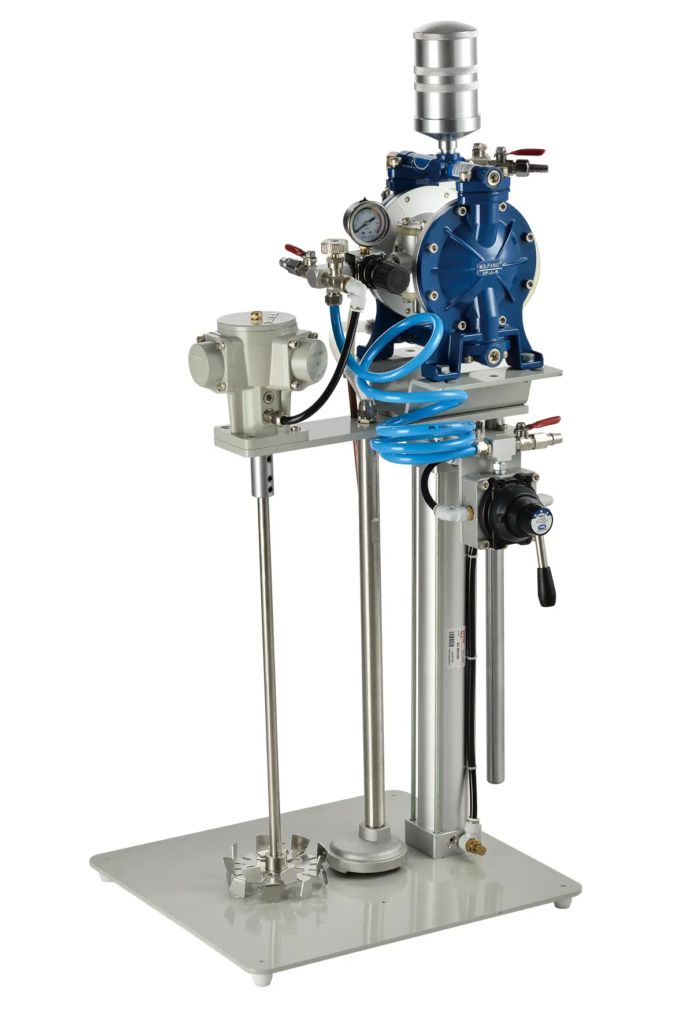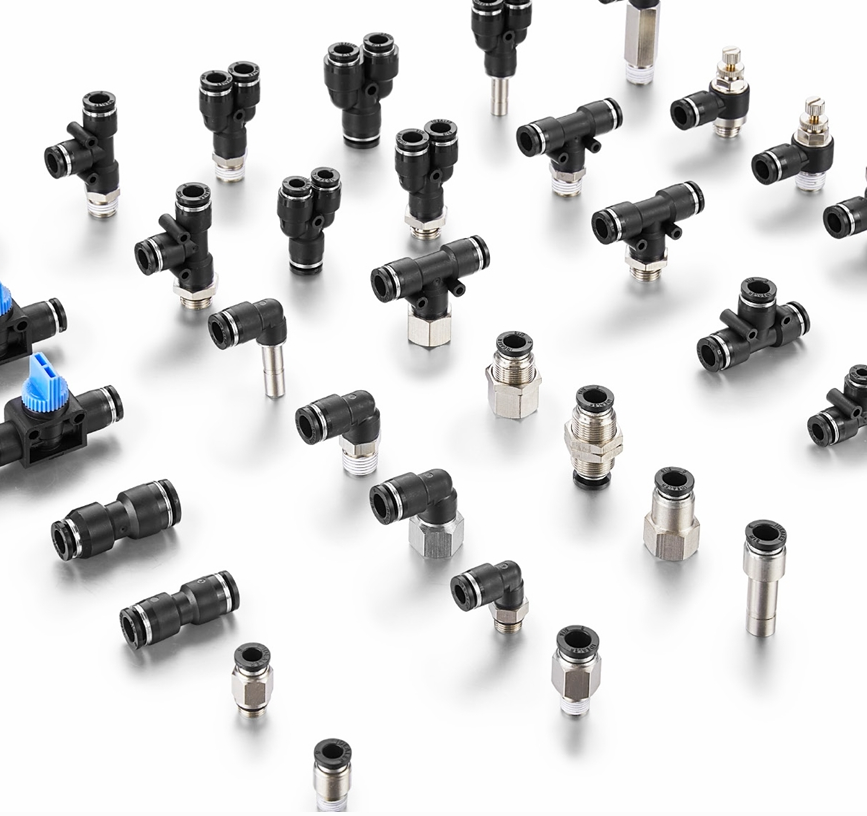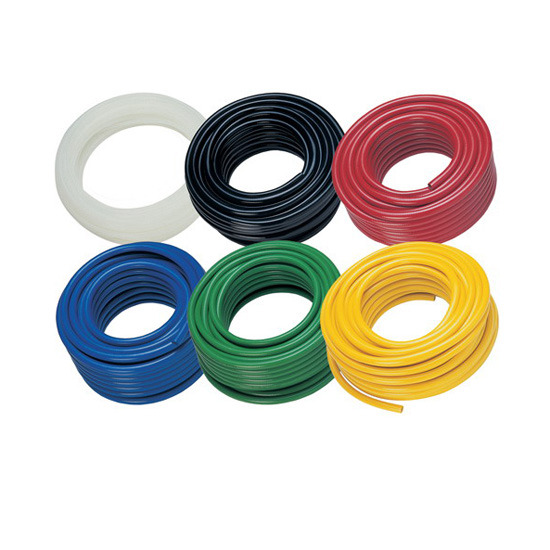Table of Contents
ToggleIntroduction
In the dynamic landscape of industrial processes, mixers play a pivotal role across a multitude of sectors, including food, pharmaceuticals, and chemicals. These industries rely heavily on mixers to ensure the homogeneity and consistency of their products, which is crucial for maintaining quality standards and meeting regulatory requirements. In the food industry, mixers are essential for blending ingredients to create everything from dough to sauces, ensuring that flavors and textures are uniform. In the pharmaceutical sector, precision mixing is vital for the formulation of medicines, where even minor inconsistencies can impact efficacy and safety. Similarly, in the chemical industry, mixers are used to combine reactive substances safely and efficiently, facilitating the production of a wide range of products from paints to polymers.
Amidst these diverse applications, pneumatic systems have emerged as a superior choice for powering mixers, offering distinct advantages over traditional hydraulic and electric systems. Pneumatic systems utilize compressed air to generate mechanical motion, providing a clean, efficient, and reliable source of power. This makes them particularly well-suited for environments where hygiene and safety are paramount, such as in food and pharmaceutical manufacturing. Moreover, pneumatic systems are renowned for their energy efficiency and durability, reducing operational costs and downtime.
The purpose of this blog is to delve into the benefits and applications of pneumatic products in mixer applications. By exploring the unique attributes of pneumatic systems, we aim to highlight how they enhance the efficiency, reliability, and safety of mixing processes across various industries. Whether you are an industry professional seeking to optimize your operations or an enthusiast eager to learn about cutting-edge technologies, this blog will provide valuable insights into the transformative role of pneumatics in mixer applications.

Understanding Pneumatic Systems in Mixer Applications
Pneumatic systems operate on the fundamental principle of using compressed air to perform work. At the core of these systems is the conversion of energy stored in compressed air into mechanical motion, which is then harnessed to drive various industrial processes, including mixing. The basic components of a pneumatic system include an air compressor, actuators, valves, and control units. The air compressor generates the compressed air, which is then directed through a network of valves and regulators to the actuators. These actuators convert the energy of the compressed air into linear or rotary motion, which is used to power the mixer blades or paddles.
When comparing pneumatic systems to hydraulic and electric systems in mixer applications, several distinctions become apparent. Hydraulic systems, which use pressurized fluids to transmit power, are known for their high force output and precision control. However, they require extensive maintenance due to potential fluid leaks and contamination issues. Electric systems, on the other hand, offer precise control and are easy to integrate with digital systems, but they can be less efficient in terms of energy consumption and may not be suitable for environments where electrical sparks pose a risk.
Pneumatic systems offer a compelling alternative, combining the strengths of both hydraulic and electric systems while mitigating their drawbacks. One of the key benefits of pneumatics in mixer applications is energy efficiency. Pneumatic systems can operate continuously without overheating, making them ideal for prolonged mixing processes. They are also highly reliable, with fewer moving parts than hydraulic systems, resulting in lower maintenance requirements and reduced downtime. Additionally, pneumatic systems are inherently safe in explosive or flammable environments, as they do not rely on electricity or hydraulic fluids that could ignite.
In summary, pneumatic systems provide a robust, efficient, and safe solution for powering mixers in various industrial applications. Their ability to deliver consistent performance with minimal maintenance makes them an attractive choice for industries seeking to enhance their mixing operations. As we explore further in this blog, the integration of pneumatic products in mixer applications not only improves operational efficiency but also contributes to sustainable and safe industrial practices.
Applications of Pneumatic Mixers Across Industries
Food and Beverage Industry
In the food and beverage industry, maintaining consistency and quality is paramount, and pneumatic mixers play a crucial role in achieving these objectives. Pneumatic mixers ensure that ingredients are blended uniformly, which is essential for producing high-quality food products with consistent taste and texture. For instance, in dough mixing, pneumatic mixers provide the precise control needed to achieve the desired dough consistency, which is critical for baking applications. The ability to adjust mixing speed and torque allows for the fine-tuning of dough properties, ensuring optimal results.
Similarly, in beverage blending, pneumatic mixers facilitate the thorough mixing of liquids, ensuring that flavors are evenly distributed throughout the product. This is particularly important in the production of beverages such as juices, soft drinks, and alcoholic beverages, where consistency in flavor and appearance is crucial for consumer satisfaction. The use of pneumatic mixers in these applications not only enhances product quality but also improves production efficiency by reducing mixing times and minimizing energy consumption.
Pharmaceutical Industry
In the pharmaceutical industry, the precision and hygiene offered by pneumatic mixers are indispensable. Pneumatic mixers are used in the production of creams, gels, and liquid medicines, where maintaining strict hygiene standards is critical. The absence of hydraulic fluids and the minimal risk of contamination make pneumatic systems ideal for pharmaceutical applications. Moreover, pneumatic mixers provide the precise control necessary for achieving the exact formulation of pharmaceutical products, ensuring that active ingredients are evenly distributed and that the final product meets stringent quality standards.
The ability to operate in cleanroom environments further enhances the suitability of pneumatic mixers for pharmaceutical applications. Their reliability and ease of maintenance contribute to uninterrupted production processes, which is essential for meeting the high demand for pharmaceutical products.
Chemical Industry
In the chemical industry, pneumatic mixers are invaluable for handling hazardous and reactive materials. The inherent safety of pneumatic systems, which do not rely on electricity or hydraulic fluids, makes them ideal for environments where sparks or leaks could lead to dangerous reactions. Pneumatic mixers provide the robust and reliable mixing required for chemical processes, ensuring that materials are combined safely and efficiently.
The use of pneumatic mixers in chemical applications offers several benefits, including enhanced safety, reduced risk of contamination, and improved mixing efficiency. These advantages make pneumatic mixers a preferred choice for chemical manufacturers seeking to optimize their processes while maintaining high safety standards.
Innovations and Future Trends in Pneumatic Mixer Technology
Recent advancements in pneumatic mixer design and technology have significantly enhanced their performance and versatility. Innovations such as variable speed control, improved actuator designs, and enhanced sealing technologies have expanded the range of applications for pneumatic mixers. These advancements have also contributed to increased energy efficiency and reduced maintenance requirements, making pneumatic mixers more cost-effective and environmentally friendly.
The integration of smart technologies and the Internet of Things (IoT) is transforming pneumatic mixer applications by enabling enhanced control and monitoring. IoT-enabled pneumatic mixers can provide real-time data on mixing parameters, allowing for precise adjustments and predictive maintenance. This not only improves process efficiency but also extends the lifespan of the equipment.
Looking to the future, potential developments in pneumatic mixer technology include further integration with digital control systems, the use of advanced materials for improved durability, and the development of more compact and efficient designs. These trends are expected to drive the continued adoption of pneumatic mixers across various industries, offering new opportunities for innovation and growth.
Challenges and Considerations in Using Pneumatic Mixers
Despite their many advantages, the implementation and maintenance of pneumatic mixers present certain challenges. Common issues include the need for regular maintenance to ensure optimal performance, the potential for air leaks, and the requirement for a reliable source of compressed air. Addressing these challenges is essential for maximizing the benefits of pneumatic mixers.
Environmental and economic considerations also play a role in the adoption of pneumatic mixers. While pneumatic systems are generally more energy-efficient than hydraulic systems, they still require careful management to minimize energy consumption and reduce environmental impact. Additionally, the initial investment in pneumatic equipment can be significant, necessitating a thorough cost-benefit analysis.
To overcome these challenges, industries can implement strategies such as regular maintenance schedules, the use of high-quality components to reduce air leaks, and the integration of energy-efficient technologies. By optimizing the performance and efficiency of pneumatic mixers, industries can achieve significant cost savings and environmental benefits.
The Pneumatic Push In Fittings & Pneumatic tubes are used in Pneumatic Mixer
Pneumatic Push-In Fittings
Pneumatic push-in fittings are essential components in pneumatic systems, providing a quick and reliable method for connecting tubes to various parts of the mixer. These fittings are designed to facilitate easy installation and removal, allowing for rapid assembly and maintenance without the need for specialized tools. This feature is particularly beneficial in industrial settings where downtime must be minimized to maintain productivity.



The design of push-in fittings typically includes a release ring and internal locking claws that securely grip the tube, ensuring a leak-free connection. This secure connection is vital in maintaining the consistent pressure and flow of compressed air required for the efficient operation of pneumatic mixers. Additionally, the versatility of push-in fittings allows them to accommodate a wide range of tube sizes and materials, making them suitable for various mixer configurations and applications.
Pneumatic Tubes
Pneumatic tubes are the conduits through which compressed air travels within the mixer system. The selection of appropriate pneumatic tubes is critical, as they must withstand the pressures and environmental conditions encountered during mixer operation. Typically made from materials such as polyurethane, polyethylene, or nylon, pneumatic tubes offer flexibility, durability, and resistance to abrasion and chemicals.



In pneumatic mixers, these tubes connect the air compressor to the actuators and other components, ensuring the efficient delivery of compressed air throughout the system. The flexibility of pneumatic tubes allows for easy routing and installation, even in complex mixer designs. Moreover, their lightweight nature contributes to the overall efficiency of the system by reducing the energy required to operate the mixer.
Integration in Pneumatic Mixers
The integration of pneumatic push-in fittings and tubes in pneumatic mixers enhances the system’s overall performance by ensuring reliable air flow and pressure maintenance. This integration supports the precise control of mixing processes, which is essential for achieving consistent product quality across various industries, including food, pharmaceuticals, and chemicals.
Furthermore, the use of high-quality fittings and tubes reduces the risk of leaks and system failures, thereby minimizing maintenance requirements and extending the lifespan of the mixer. This reliability is crucial in industrial applications where continuous operation is necessary to meet production demands.
Contact China Pneumatic Push In Fittings supplier to discuss more.

